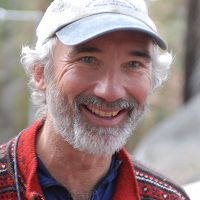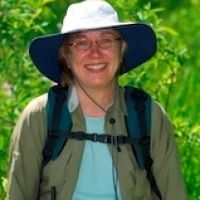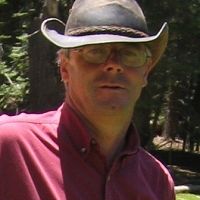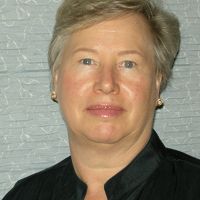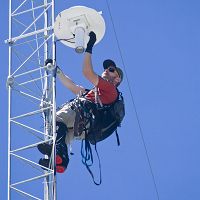Bales et al., 2008
Sampling Strategies in forest hydrology and biogeochemistry.
Bales, R.C., Conklin, M.H., Krekez, B., Glaser, S.D., Hopmans, J. W., Hunsaker, C.T., Meadows, M.W. (2008)
Forest Hydrology and Biogeochemistry. Ecological Studies, Volume 216, Part 2, 29-44.
-
Sierra, INVESTIGATOR
-
Sierra, INVESTIGATOR
-
Sierra, INVESTIGATOR
-
Sierra, COLLABORATOR
-
Sierra, INVESTIGATOR
-
Sierra, STAFF
Abstract
Many aspects of forest hydrology have been based on accurate but not necessarily spatially representative measurements, reflecting the measurement capabilities that were traditionally available. Two developments are bringing about fundamental changes in sampling strategies in forest hydrology and biogeochemistry: (a) technical advances in measurement capability, as is evident in embedded sensor networks and remotely sensed measurements and (b) parallel advances in cyberinfrastructure and numerical modeling that can help turn these new data into knowledge. Although these developments will potentially impact much of hydrology, they bring up particular opportunities in forest hydrology (Bales et al. 2006). New sensor technology for most biogeochemical components has lagged that for water and energy, advances in measuring forest–atmosphere exchange of carbon by eddy correlation being an exception.
Citation
Bales, R.C., Conklin, M.H., Krekez, B., Glaser, S.D., Hopmans, J. W., Hunsaker, C.T., Meadows, M.W. (2008): Sampling Strategies in forest hydrology and biogeochemistry. Forest Hydrology and Biogeochemistry. Ecological Studies, Volume 216, Part 2, 29-44.. DOI: 10.1007/978-94-007-1363-5_2
Explore Further
